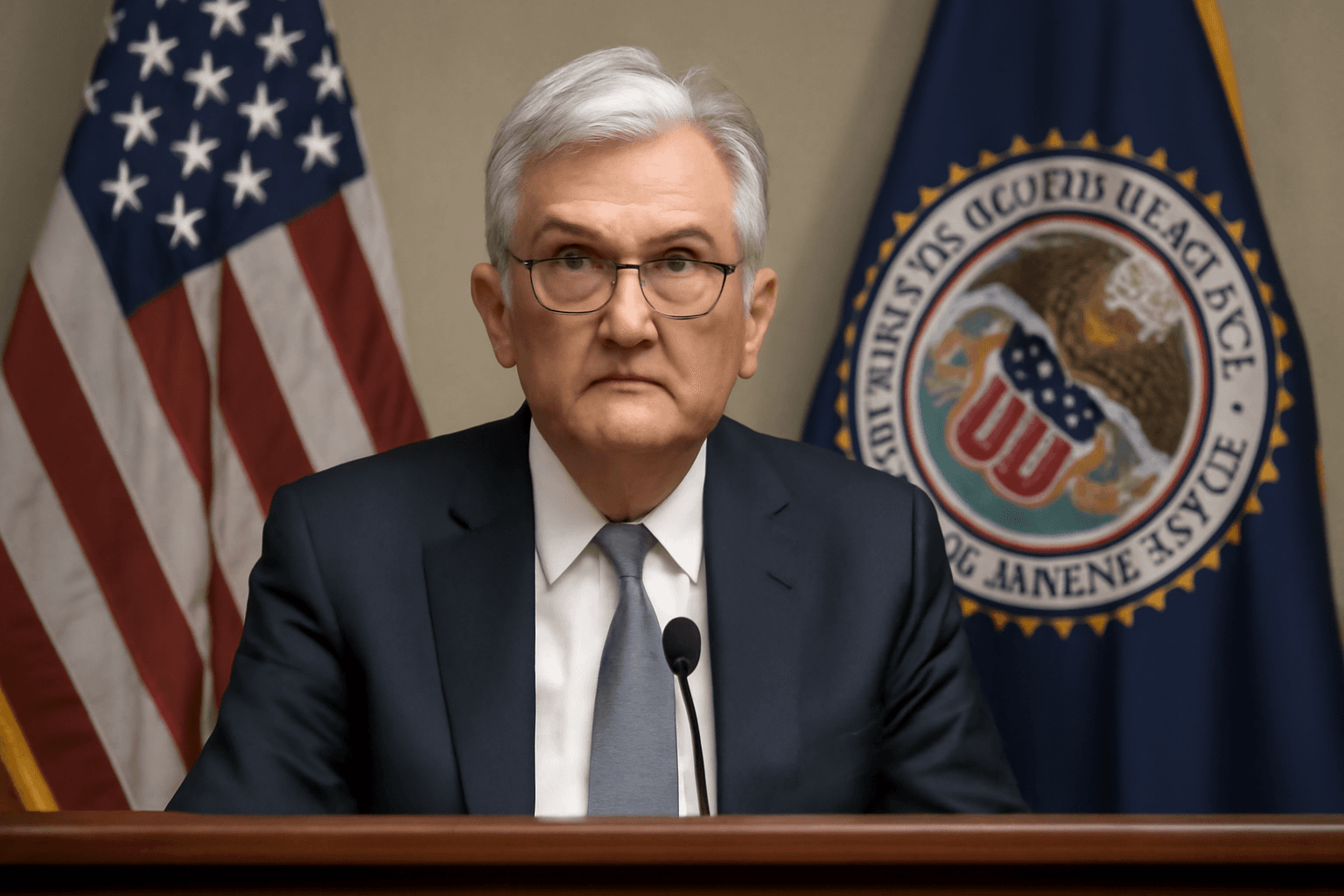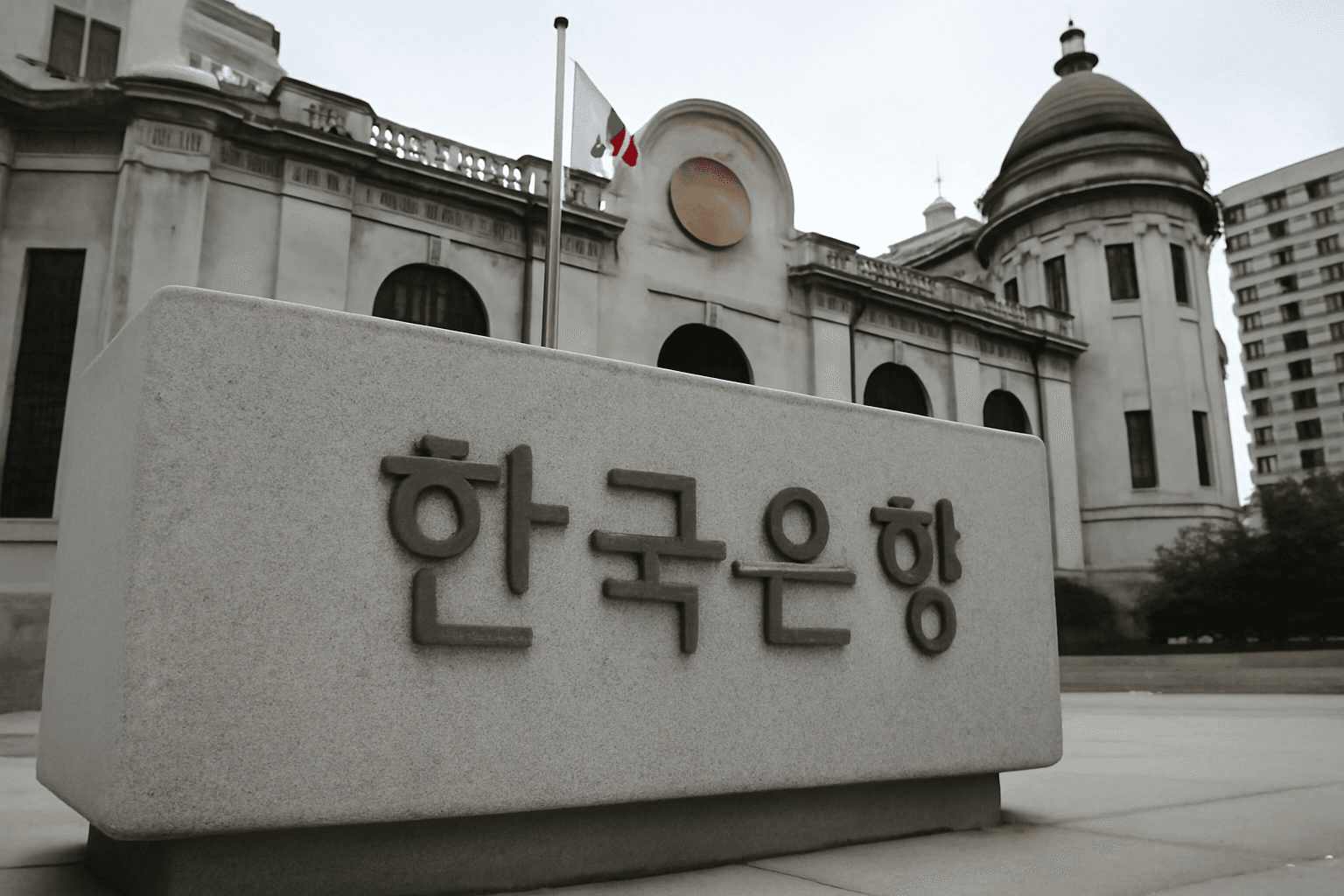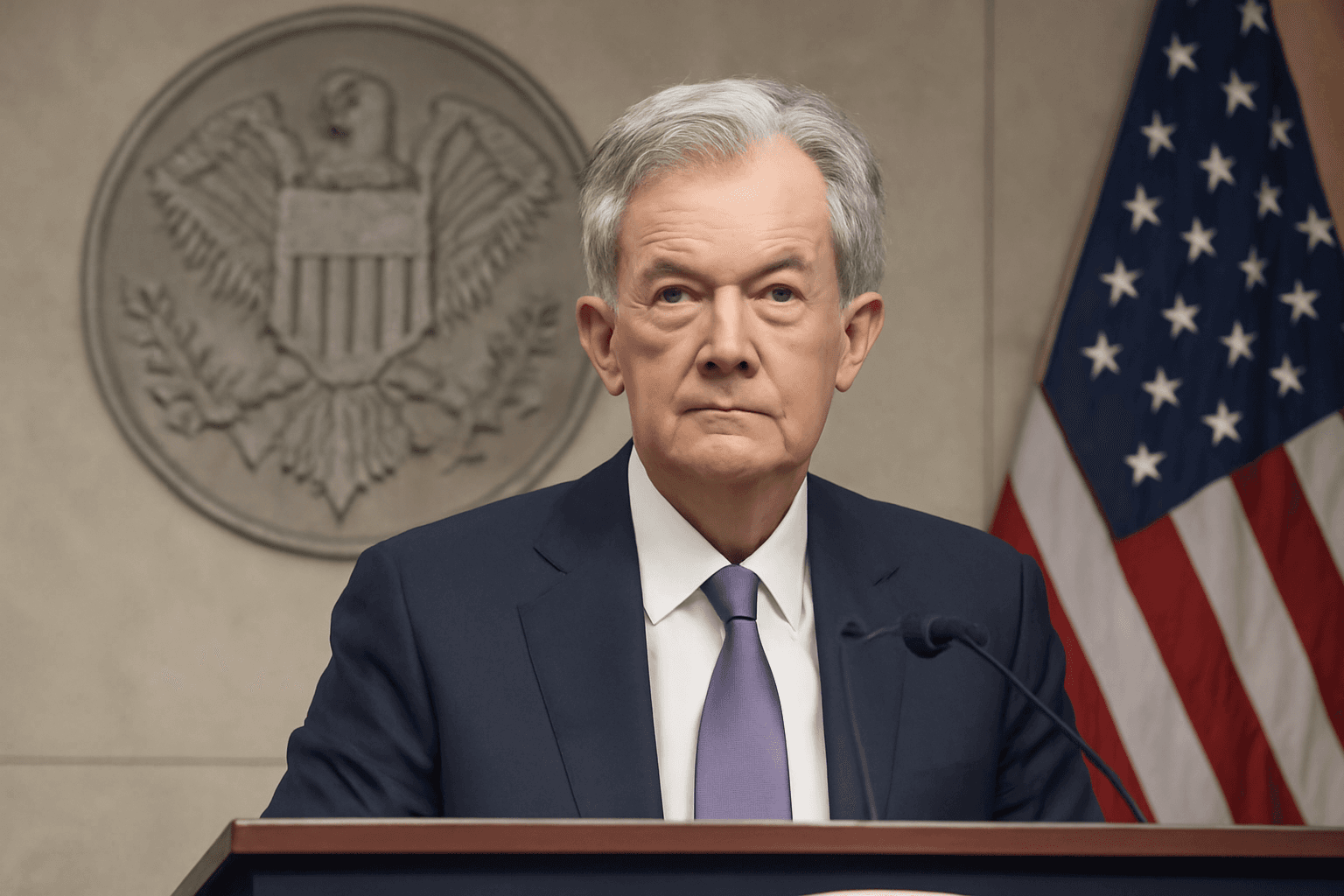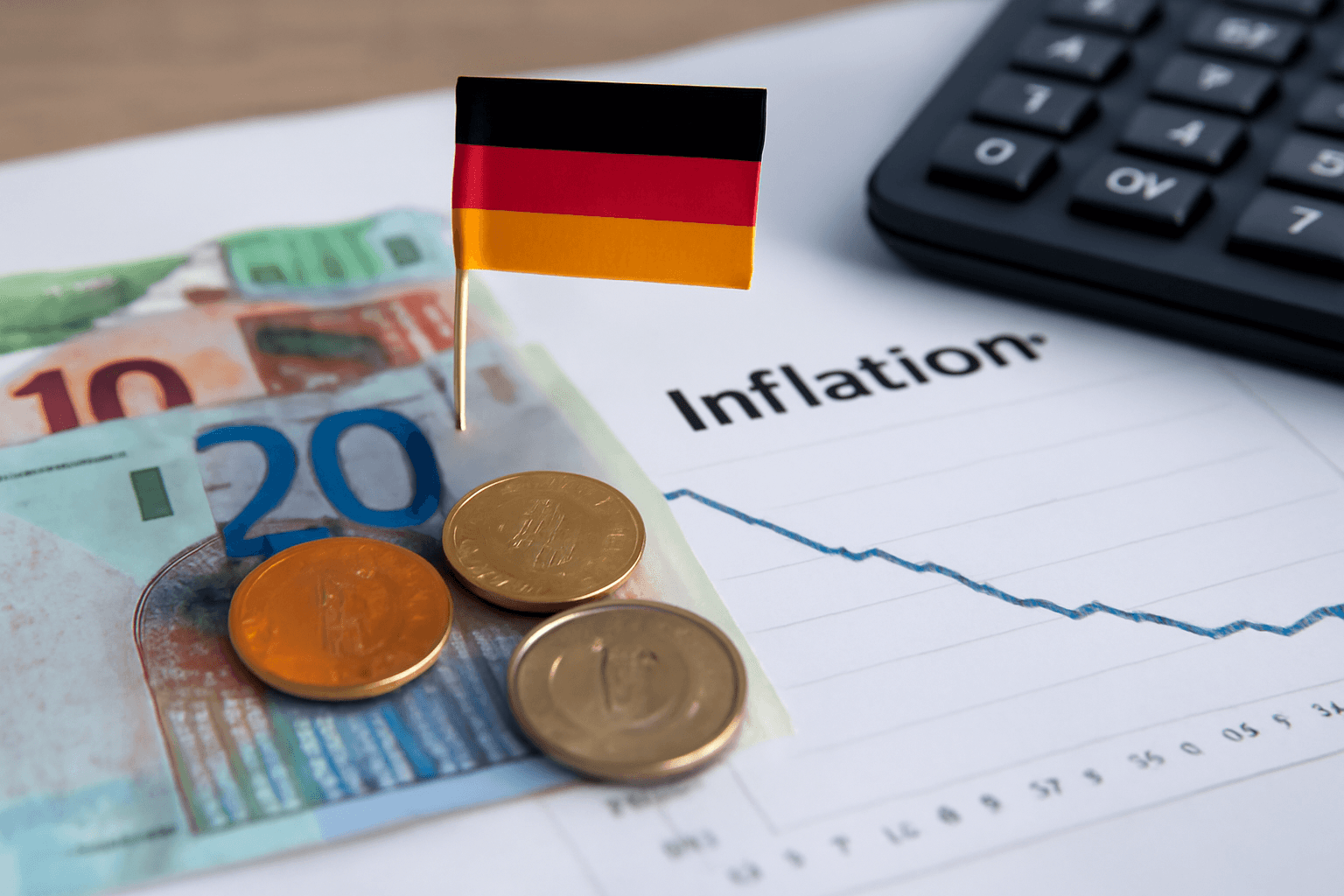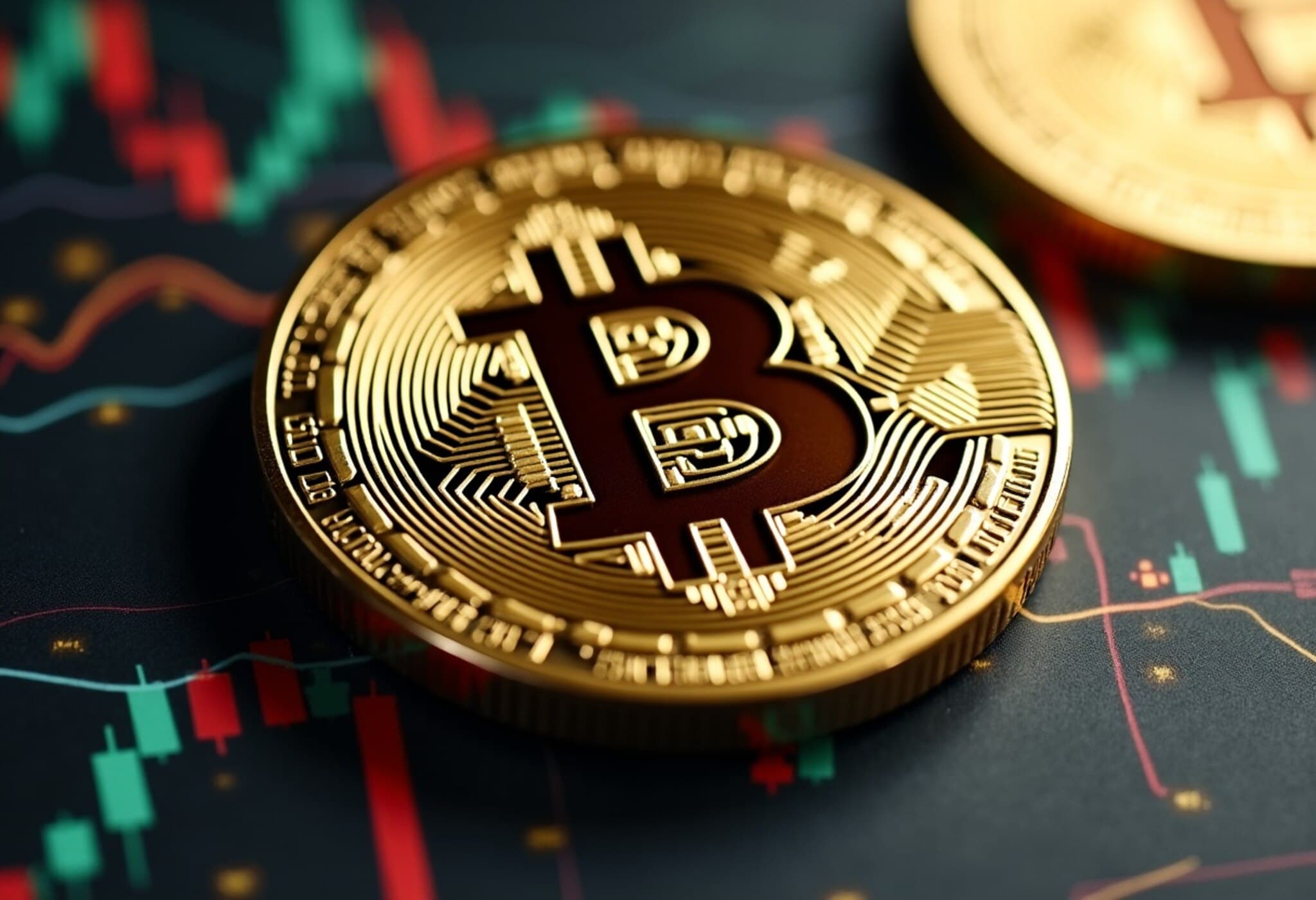Japan’s Economic Crossroads: Inflation, Wages, and Tariffs
As Japan grapples with a complex economic landscape marked by rising inflation, decelerating growth, and the looming threat of U.S. tariffs, the Bank of Japan (BOJ) finds itself navigating an increasingly challenging path toward monetary policy normalization. Despite headline wage increases, real wages—the inflation-adjusted income that truly reflects purchasing power—have been dwindling, posing a significant hurdle for policymakers striving to balance growth and price stability.
Real Wages Erode Amid Inflation
Recent government data reveals a 2.9% year-on-year drop in Japan’s real wages for May, a sharper decline than the revised 2% fall seen in April and marking the fifth consecutive month of decline. This persistent erosion highlights a painful reality: inflation—currently running at 3.5%, well above the BOJ’s 2% target—is outpacing wage growth, squeezing household budgets despite nominal pay hikes.
Labor unions, notably the Japanese Trade Union Confederation (Rengo), have negotiated generous nominal salary increases, with a headline wage hike of 5.25% kicking in this April. Yet, when adjusted for inflation, these raises don't translate into increased spending power for many workers.
The “Virtuous Cycle” That Isn’t
The BOJ has long emphasized the need for a “virtuous cycle” where rising wages lead to increased consumption, fueling steady inflation and supporting economic growth. However, Japan’s economy is currently testing the limits of this theory. The country’s economy contracted by 0.2% in the first quarter of 2025, the first quarterly shrinkage in a year, largely due to declining exports. This downturn complicates the BOJ’s efforts to tighten monetary policy without choking off fragile growth.
Divergent Views on Monetary Policy
Market analysts are split on how the BOJ should proceed in the face of this economic juggling act:
- Hirofumi Suzuki, Chief FX Strategist at Sumitomo Mitsui Banking Corporation,
describes the recent drop in real wages as "largely temporary" but warns that weak wage growth could curb consumer spending, thereby slowing overall expansion. This weak cycle might justify the central bank’s hesitation to hike rates prematurely.
- Jesper Koll, Financial expert at Monex Group,
argues that inflation outpacing wages should strengthen BOJ Governor Kazuo Ueda’s resolve to raise policy rates. Koll highlights that approximately one-third of Japan’s consumer price index is linked to import costs. A higher policy rate would bolster the yen, making imports cheaper and helping to tame inflation directly.
- Vishnu Varathan, Managing Director at Mizuho Securities,
advocates for patience: "The optimal game plan may be for the BOJ to do nothing." Given threats of a 25% U.S. tariff on Japanese imports starting August, Varathan warns that rate hikes could risk stifling an already fragile domestic demand.
Tariff Threats Complicate Recovery
The specter of steep U.S. tariffs on Japanese imports injects further uncertainty into the economic equation. While Governor Ueda remains optimistic that Japan can weather the tariff-induced headwinds, the timing and scale of policy moves are crucial. A premature tightening of monetary policy risks undercutting growth, whereas inaction could allow inflation to escalate further, eroding real incomes.
What Lies Ahead?
Japan’s economic policy will need to delicately balance the pressures of inflation, wage stagnation, and external trade risks. The BOJ’s next steps are not merely about adjusting rates but managing expectations, ensuring sustainability, and safeguarding households’ purchasing power in an increasingly turbulent global environment.
Editor’s Note
Japan’s economy stands at a pivotal juncture, reflecting broader challenges faced by advanced economies confronting simultaneous inflation, wage dynamics, and geopolitical trade frictions. Observers should watch how the Bank of Japan’s strategy evolves — will it lean toward nurturing growth amid uncertainty, or assert inflation control at potential economic cost? Understanding these competing priorities sheds light on the delicate art of monetary policymaking in a world where global interconnectedness leaves no economy untouched.



